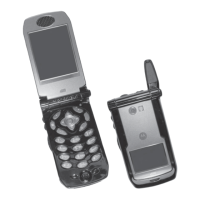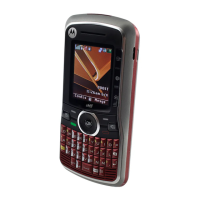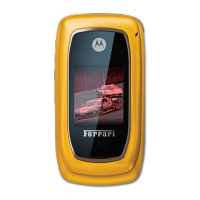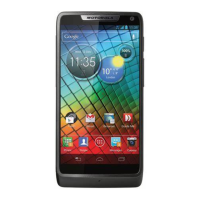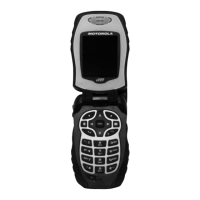Safety
IMPORTANT
READ THIS INFORMATION BEFORE USING
YOUR TRANSPORTABLE CELLULAR
TELEPHONE
The cellular telephone is one of the most exciting and innovative electronic
products ever developed. With it you can stay in contact with your office, your
home, emergency services, and others.
General
For the safe and efficient operation of your phone, observe these guidelines.
Your transportable cellular telephone is a radio transmitter and receiver. When
the phone is ON, it sends out and receives radio frequency (RF) energy. The
phone operates in the GSM frequency range of 890MHz to 960MHz (or DCS
1800 frequency range of 1710MHz and 1880MHz) and employs commonly
used Time Division Multiple Access (TDMA) digital modulation techniques.
When you use your phone, the cellular system handling your call controls the
power level at which your phone transmits. The pulsed power level can range
from 0.02 of a watt to 8 watts.
Exposure to Radio Frequency Energy
Research on health effects from RF energy has focused for many years on FM
radio technology. That research and studies regarding newer radio
technologies, such as TDMA, have found no credible scientific evidence that
adverse health effects result from the use of a portable cellular telephone.
In 1991 the Institute of Electrical and Electronic Engineers (IEEE), and in 1992
the American National Standards Institute (ANSI) adopted the 1982 ANSI
standard for safety levels with respect to human exposure to RF energy.
Over 120 scientists, engineers, and physicians from universities, government
health agencies, and industry, after reviewing the available body of research,
developed this updated standard. In March, 1993 the Federal
Communications Commission (FCC) of N. America proposed the adoption of
this updated standard. To operate within this updated ANSI standard, use your
phone as described under "Efficient Phone Operation".
Efficient Phone Operation
Do not operate your transportable cellular telephone when holding the
antenna, or when any person is within 10 centimetres (4 inches) of the
antenna.
Of course, if you want to limit RF exposure even further than the updated
ANSI standard, you may chose to control the duration of your calls or maintain
a distance from the antenna of more than 10 centimetres (4 inches).
For best call quality, keep the antenna free from obstructions and point it
straight up.
Antenna Care and Replacement
Do not use the phone with a damaged antenna. If a damaged antenna comes
into contact with the skin, a minor burn may result. Replace a damaged
antenna immediately. Consult your manual to see if you may change the
antenna yourself. If so, use only a manufacturer-approved antenna.
Otherwise, have your antenna repaired by a qualified technician.
Use only the supplied or approved antenna. Unauthorised antennas,
modifications or attachments could damage the phone and may contravene
local RF emission regulations or type approval.
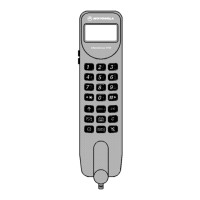
